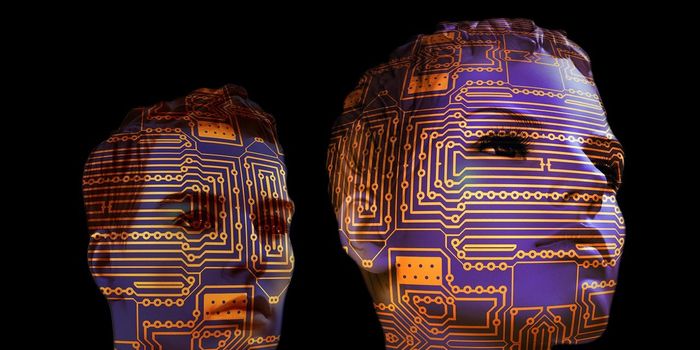A "Nu" Way to Study the Impact of Microplastics
Microplastics particles (MP), often in the forms of fibers, beads, and pellets, are fragments broken off plastic waste. With a size no more than 5.0 millimeter (or 0.2 inches) across, and the world-wide spread, MPs pose an immense threat to the safety of the global ecosystem, particularly organisms living in the ocean and freshwater.
Unlike visible, relatively intact debris, MPs may be mistaken for plankton and consumed by small marine animals, such as mussels, clams, and shrimps. Following the food chain, the particles can end up in the bodies of large marine mammals, and humans as well.
Researchers at the IAEA Environment Laboratories located in Monaco uses nuclear and isotopic techniques such as radiotracers to track the accumulation route and the biodistribution of microplastics.
They also use simulation to find out to what extent microplastics absorb other environmental pollutants, and how they can act as a vector for these contaminants to marine organisms and eventually to humans.
The information generated from their research would be used to inform governments about the risk and enable evidence-based policies toward better waste management and seafood safety.
Source: IAEA via Youtube








